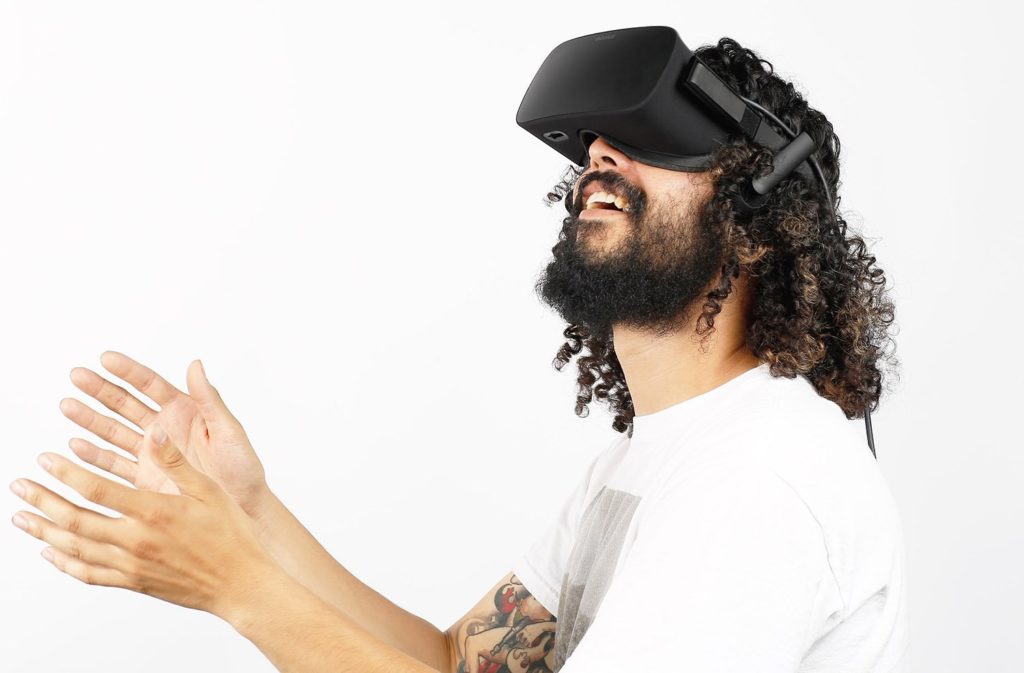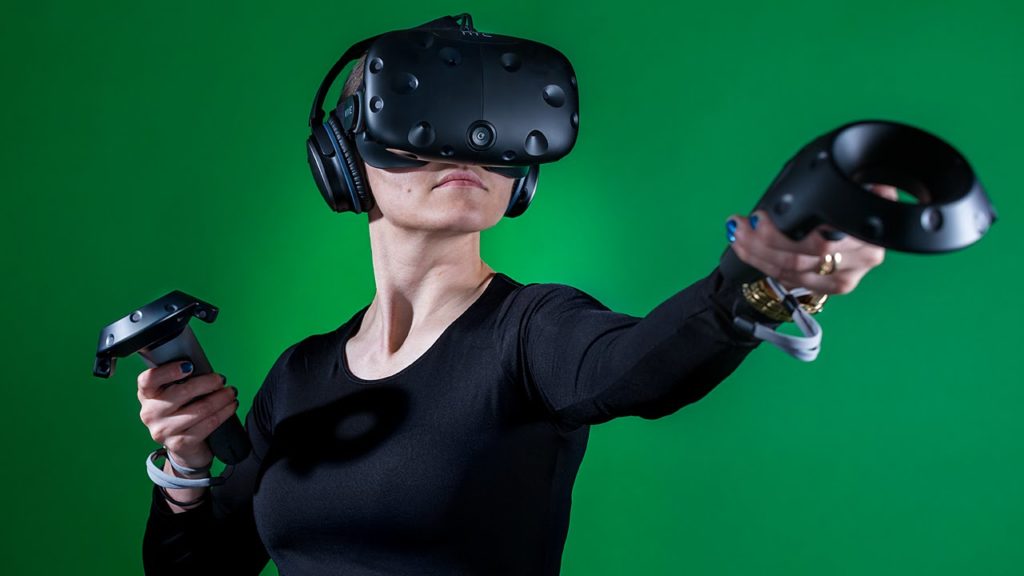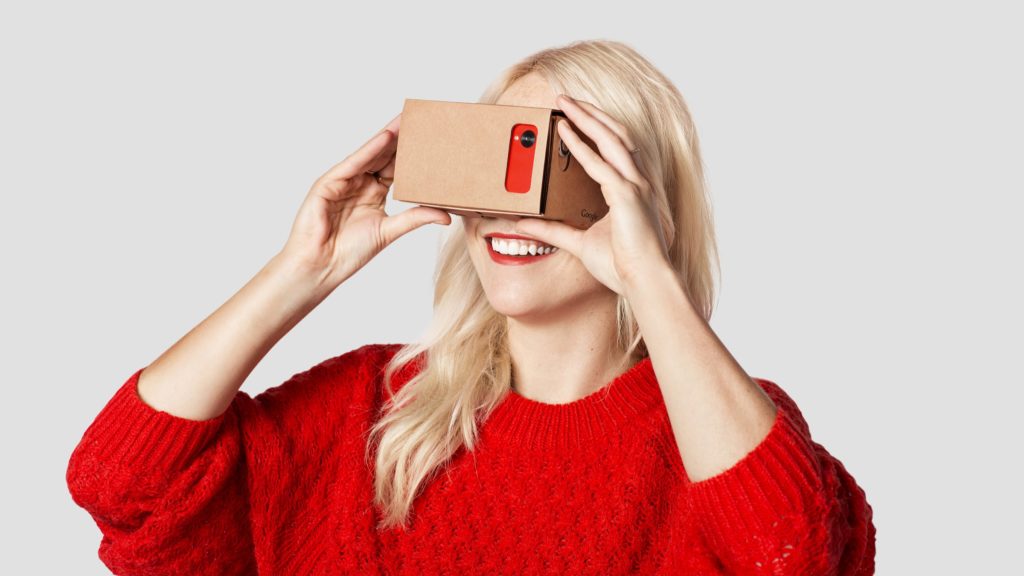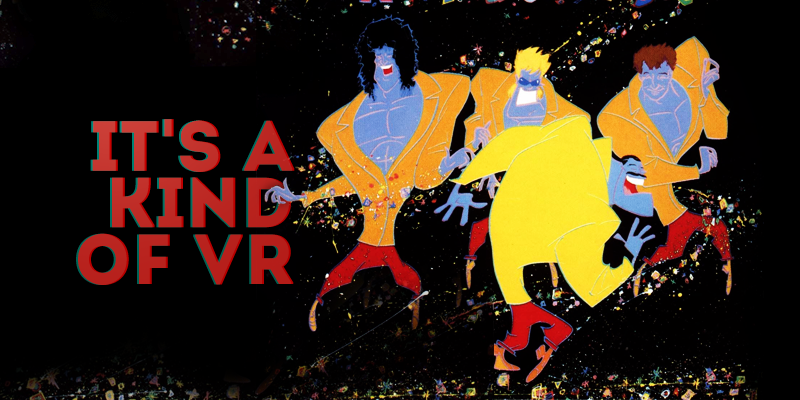Assuming you haven’t been comfortably living under a rock for the past few years, you will be well aware of the technological and cultural phenomenon called Virtual Reality (VR).
And while it would be quite simple to boil VR down to “put on headset; enter virtual world”, the truth is it’s a little more nuanced than that.
In fact, there are a number of different types of Virtual Reality that will be used in various ways across a number of different industries and disciplines.
In this article, we will take a brief look at the emergence of Virtual Reality, the kinds of hardware required to experience it, and the different types of VR we can expect to transform the way we work, live, and play.
Virtual Reality: In A Nutshell
The concept of Virtual Reality has been knocking around since the 1950s. Morton Heilig - often called ‘the Father of Virtual Reality’ - was an American cinematographer who, in the 1960s, developed the Sensorama. An impressive machine, particularly for the 1960s, the Sensorama was a single-user entertainment console that brought together a number of sensory outputs; namely stereoscopic display, stereo speakers, odor emitters, fans, and a vibrating chair.
All of this combined to give the user a somewhat immersive experience of riding a bike through the streets of Brooklyn.
A little crude and rough around the edges, the Sensorama never really got off the ground due to prohibitive filming costs. But, it was a start.
From that point on, a number of different innovative individuals and creative companies have worked to develop their own VR devices. And while the idea of a head-mounted display (HMD) might seem like a recent step forward in the quest to allow people to experience virtual worlds, the first version was actually cobbled together by engineers at the Philco Corporation in 1961.
Worn as part of a helmet, this rudimentary HMD had a video screen and a tracking system. It was intended to be used in dangerous situations, such as the need to survey a location from a safe distance.
In 1968 came the Ultimate Display, or ‘Sword of Damocles’, which was created by renowned computer scientist Ivan Sutherland. This device, too, was primitive in terms of the user interface (UI) and realism, with the virtual environment simply comprising of wireframe rooms.
The system displayed, in stereoscopic display, an output from a computer program. By using head tracking, the perspective the user experienced could change when they moved their head. It was so incredibly heavy that it required a mechanical arm suspended from the ceiling to hold it in place. This is where the device got its name.
Jumping forward slightly to 1989, the term Virtual Reality enters our everyday vernacular, thanks to computer philosophy writer Jason Lanier. Even then, the concept of VR remained the same: computer technology is used to create a virtual environment that can be explored and manipulated by individuals.
Fast forward to the present day, and Virtual Reality is actively used in a number of various fields, most notably entertainment, sport, architecture, and medicine. It has also been used as a means of training in the military and aviation.
And thanks to the proliferation of affordable VR hardware, we will undoubtedly see even more commercial applications in the not-so-distant future. Speaking of which…
Types of Virtual Reality Devices
The majority of Virtual Entertainment (VE) systems that are currently available to purchase require a personal computer to power them. And these systems also need an HMD to help deliver the imagery integral to creating an immersive virtual world.
There are a number of different HMDs on the market at the moment, ranging from affordable to expensive. Also, some of these devices are more accessible than others. Google Cardboard, for example, is not only cheap, but due to the fact that it has been developed for use with a smartphone, just about anyone can experience Virtual Reality.
But let’s start with a device most will be aware of: the Oculus Rift.
Oculus Rift
At the top of the price range, Oculus Rift plans on being the gold standard of Virtual Reality HMDs. Specifically designed for video gaming, it has a high field of view, delivering the very best in immersive virtual experiences.

Oculus Rift - VR headsetSource: Businessinsider.com
Purchased by Facebook in 2014, Oculus VR are certainly well-funded as they seek to establish themselves as the go-to Virtual Reality hardware and software company.
HTC Vive
HTC’s VR system - brought to us in partnership with Valve, and powered by Steam VR - is the leading VR headset and controller combo on the market today.

HTC Vive - VR and its kinds
Source: The Verge
Its best-in-class technology and content mark it out as a powerful, sleek, and innovative piece of kit. HTC are delivering breakthrough room-scale technology and fully immersive gaming experiences, and they’ve chalked up a fair few awards to further underline their capabilities.
Samsung Gear VR
A little bit more affordable than the Oculus Rift, Samsung’s VR headset is still powered by Oculus all the same. It does require a smartphone device to power it, and naturally works best with Samsung brand phones such as the Galaxy S6, S6 Edge, S7, and S7 Edge.

Samsung Gear VR - mobile VR headset with controller
Source: Samsung.com
Google Cardboard
Another VR headset option for use with your phone, this one is, as previously mentioned, a great deal cheaper than most other HMDs. And it couldn’t be easier to use. Simply order one, and once it’s in your possession, fold it, slot your phone in, and explore a whole host of VR apps. The perfect option for those who wish to only dip their toe into the world of Virtual Reality.

Google Cardboard - mobile VR headset by Google
Source: Google Play
Treadmills and Haptic Gloves
Beyond the VR headsets, there are a number of supplementary devices that serve to further improve the levels of immersion as the user enters the virtual environment.
If there’s plenty of space (and expendable income) available, then the Virtuix Omni Treadmill is ideal for allowing its user to take the VR experience to another level. They can safely walk, run, or even jump in 360-degrees, exploring simulated worlds and exercising at the same time.
And then there’s the question of mimicking another key sense - touch. Haptic gloves, such as the ones developed by Manus VR, will track hand movement using sensors, while vibrations will provide tactile feedback as users navigate their way through games.
The Different Kinds of Virtual Reality
These different types of devices will all come together at some point to create a complete set of VR hardware.
However, there will remain a number of different types of Virtual Reality systems. One way to distinguish one from another will be the mode with which it interfaces with its users. The following are just some of those modes.
Window on World
This particular Virtual Reality system is perfect for the field of medicine. Typically using a desktop monitor rather than an HMD, it allows its user to visualize complex medical procedures such a surgeries or colonoscopies. What’s more, it can also be used for the simulation of a number of training scenarios.
Immersive System
The next step beyond the Window on World view is the immersion using a virtual headset. By removing its users from the physical world, and placing them in a virtual world, the sharp visuals and crisp audio delivered via the HMD can help them escape everyday life and explore a far-off land.
Telepresence
Telepresence is exactly what it sounds like: tele, “at a distance”, and presence, “being present”.
The sensors are therefore controlled and operated remotely by the user. Consider bomb disposal robots, undersea exploration, and drones as being operated via telepresence VR.
Mixed Reality
The final kind of Virtual Reality that we will be looking at is Mixed Reality. This is where computer generated inputs are brought together with the previously mentioned telepresence inputs or the user’s view of the real world to create a valuable output.
This could be a fighter pilot’s view of maps or key data points displayed inside his helmet, or a surgeon being able to view real-time patient information during a complex surgery while wearing an HMD.
The Future of VR
As Virtual Reality software becomes more powerful and its hardware more sophisticated, not to mention more affordable, there will be a number of challenges that the industry must face head-on.
There will be discussions about its impact on the mental and physical well-being of its users, and restrictions placed on how it is used for more nefarious acts.
But the focus should remain on the positive contributions this technology can make to society. From better healthcare training and education, to active rather than sedentary gaming, there are a number of clear benefits to embracing the exciting developments being made in the world of VR.
How Can AppReal-VR Help?
As this most enthralling industry continues to develop and delight, we will undoubtedly witness a rise in demand for new and improved Virtual Reality applications.
The creation of innovative VR software, complemented by game-changing hardware, will ensure a wide range of industries from a number of diverse disciplines will find value in implementing Virtual Reality solutions.
To help you get started, AppReal-VR can take your initial concepts and seamlessly guide you through the design and development stages, before producing a best-in-class industry-leading Virtual Reality application.
Thanks to our experience in custom VR app development, our team of mobile experts can help you and your business make a mark on this fast-moving marketplace.
So, if you’re ready to transform your industry with your VR app idea, get the ball rolling by speaking with one of our friendly experts today.

 (20 votes, average: 4.10 out of 5)
(20 votes, average: 4.10 out of 5)